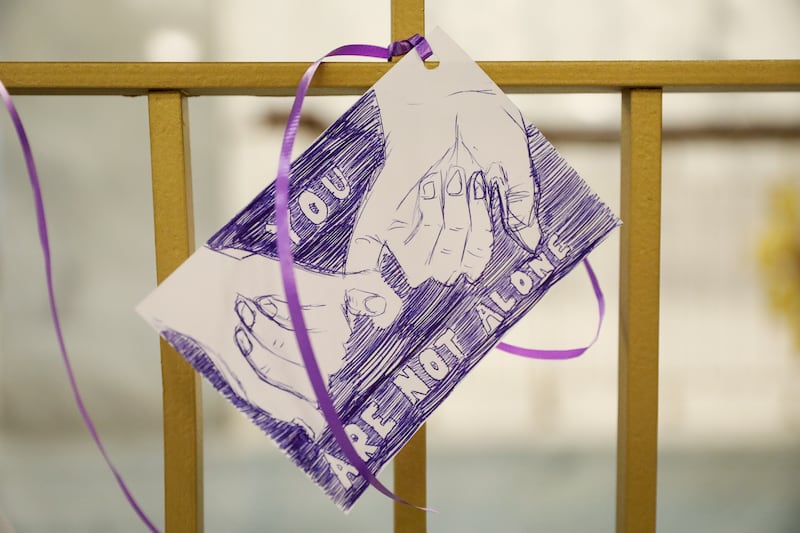Suicide awareness campaigns in Utah have appropriately highlighted the reality of suicide trends in the state and facilitated more conversations on prevention. As vital as those conversations are, they can be counterproductive with the wrong approach.
The combined Deseret News and KSL editorial board met with representatives from Utah’s Live On campaign on Monday to discuss the importance of language when covering suicide-related stories. The takeaway is straightforward: Words matter, tone matters, and suicide is preventable.
Reporters, copy editors and staff at the Deseret News recognize the responsibility to ensure language, images and coverage relating to suicide are helpful, not harmful. It’s the same approach everyone can apply to their personal conversations, too.
Suicide is a complex topic. Taking one’s life is often the result of myriad experiences and can rarely be pegged to a single factor. It affects loved ones and communities and is always tragic. For these reasons, discussions about it should center on healing, available resources and conveying the message that prevention and recovery are possible.
Shifting the narrative from one focused on an ending to another centered on aid and hope for survivors emphasizes appropriate coping skills. Conversations should center on the resources that are available, such as supportive family and friends, trusted teammates or colleagues and mental health professionals.
On the other hand, dwelling on graphic details can be dangerous, likely reinforcing suicidal ideation or copycat suicides, otherwise known as the Werther effect. A sobering example is the rise in deaths by suicide after the death of Robin Williams. The increase was seen among men similar in age. Coverage and conversations centered on helping those at risk can lower the possibility of such copycat tragedies.
Utah’s statistics on suicide have been widely reported over the past year. According to the Utah Department of Health, the state’s suicide rate has been consistently higher than the national average for more than a decade. Overall, men have the highest rate of death by suicide, but women are more likely to be hospitalized for an attempt.
Resources, like the Live On organization, can help those in crisis and also provide educational material for individuals looking to get more information or have a helpful conversation.
To alter the trajectory and mitigate the loss, media, communities and individuals all play a role.
Since the start of the pandemic, experts have warned about a potential mental health crisis. It’s encouraging, then, that reports of suicide ideation have been down in Utah — but that doesn’t mean the trends are fixed. Diligent effort is still needed on all fronts to prevent heartache as a result of this difficult period.
Personal crises, like the loss of job or a loved one — factors currently on the rise — can sometimes trigger suicidal thoughts, especially in males. This is a time to be even more rigorous about looking out for one’s personal mental health and the health of those around you.
What the state talks about is just as important as how it talks about it. When it comes to saving lives, correct language and terminology cannot be ignored. Discussions and coverage must give others the courage to live.
Together, we can keep the conversations healthy. Together, we can help.
If you or someone you know is in crisis, help is available. Call the National Suicide Prevention Lifeline at 1-800-273-TALK (8255). Residents of Utah may also seek help through the SafeUT app.

